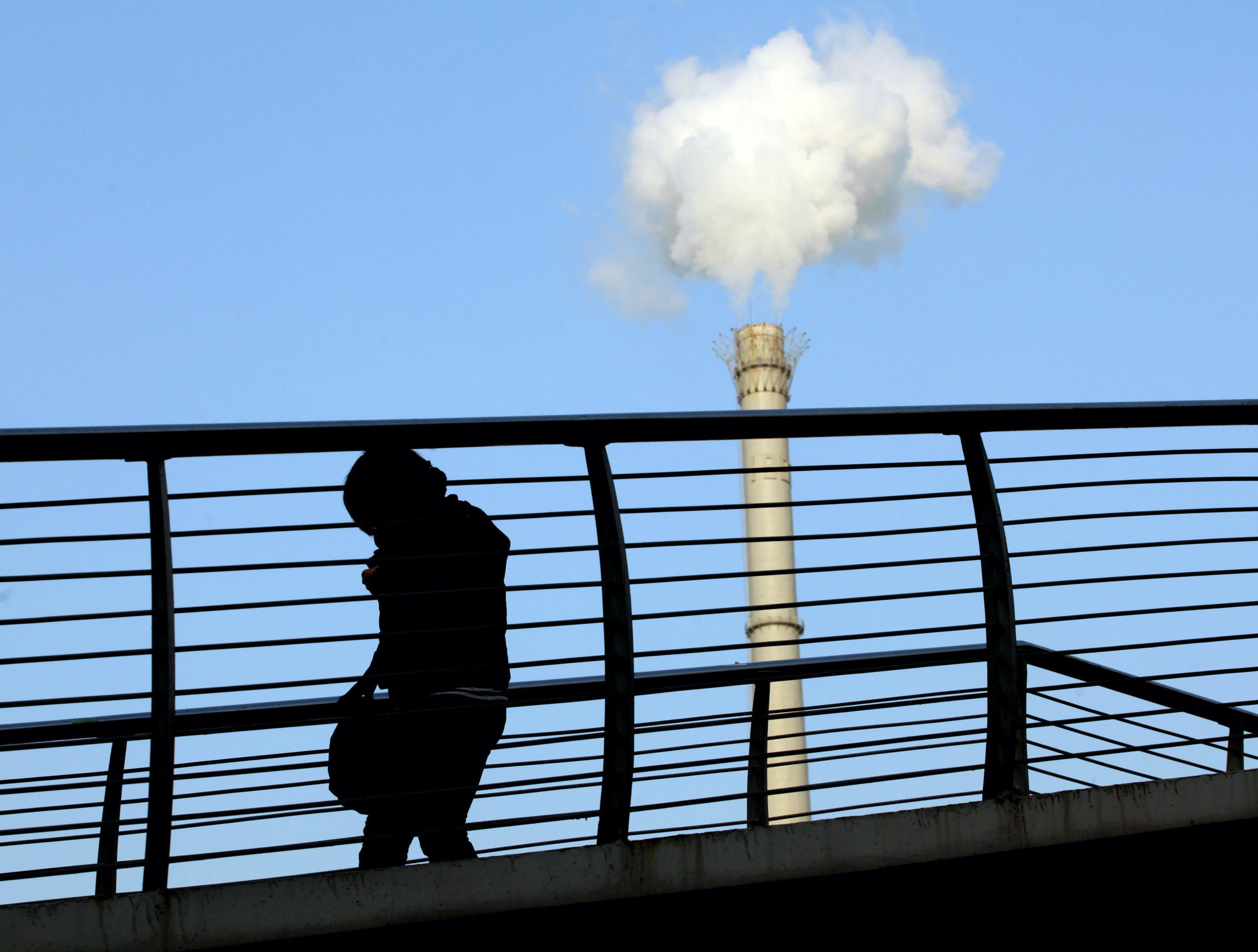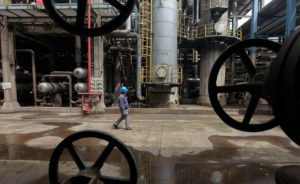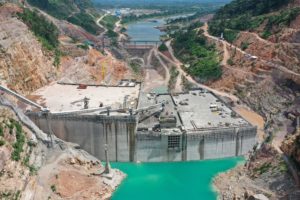Long gone are the days when China held up negotiations and blocked efforts for a new global climate agreement at the 2009 Copenhagen summit. More than a decade later, the former enfant terrible of the global climate regime is increasingly asserting itself as a leader. Perhaps the clearest evidence of this can be found in the new set of commitments announced at the UN general assembly in September, including a national target of carbon neutrality by 2060.
The test of such commitments is in their implementation through domestic policies. So, it is concerning that China saw a surge in newly proposed coal power capacity during the first half of 2020, although this remains in line with the country’s 13th Five Year Plan. The growth in coal plants highlights one of the obstacles China must overcome to significantly reduce its emissions. But as coal-related emissions hinge on consumption, not capacity, the former may not contradict China’s new pledges.
China’s coal power overcapacity problem
An estimated 249.6 gigawatts (GW) of coal power capacity is planned or under construction in China. This exceeds the entire coal capacity of the United States (246.2GW) and India (229GW). Following the loosening of the so-called “traffic light system” by China’s National Energy Administration (NEA) in February, 40.8GW of new coal capacity was proposed in the first half of 2020, of which 17GW is already permitted for construction. This constitutes a significant surge compared to the 12GW permitted in China in the years 2018 and 2019 combined.
The 360 coal-fired plant units built in China between 2015 and 2019… are bound to put a strain on the financial system when they inevitably become stranded assets.
At first glance, this paints a bleak picture for China’s future emissions, and one that appears decisively at odds with its emissions reduction targets. However, the country’s coal sector is already plagued by overcapacity. China has an estimated 400GW of excess coal-fired capacity beyond what it needs to ensure a stable power supply. This has decreased the utilisation rate of the country’s coal fleet over time: in 2019, an average thermal power plant was generating electricity at 49% of capacity, down from 50% in 2015 and 60% in 2011. Perhaps not surprisingly, then, half of China’s coal-power firms are loss-making.
Consumption versus capacity
China’s coal power growth is not driven by a need for more coal power. By financing large industrial and infrastructure projects, officials are instead exploiting a system of promotion based on meeting local GDP and investment metrics – even if projects provide limited long-term economic value or may result in asset stranding. That said, there are notable differences between provinces, with the more developed ones in the east making efforts in recent years to cut back on coal consumption to reduce air pollution.
As CO2 emissions depend on coal consumption rather than generating capacity, it is likely that China’s coal-power CO2 emissions are not going to rise in proportion with plant construction – indeed, emissions may not rise at all. A surge in capacity could lead to a further decrease in average utilisation rates of coal plants, which would in turn worsen certain operators’ economic losses. What is more, new coal plants may replace older, less-efficient plants with higher emissions per unit of power produced.
All eyes on the 14th Five Year Plan
If plant construction provides a distorted picture of actual coal-related carbon emissions, a better indication can be found in China’s five-year plans for economic and social development. The current plan includes a 1,100GW cap on total coal power capacity as well as separate targets for the share of non-fossil sources in China’s energy mix, and development plans with sectoral targets for renewable energy. China is finalising its 14th Five Year Plan for the 2021-2025 period with updated targets, which is set to be released during the next Twin Sessions in March 2021. Following its approval, sectoral and regional plans will be drawn up accordingly. The NEA’s plan for the power sector, for example, will be finalised in late 2021.
Beyond rhetoric: China’s ‘ecological civilisation’
Many analysts see the 14th Five Year Plan as a decisive test for China’s new commitments, spanning as it does a key period both for achieving carbon neutrality by 2060 and the intermediary step of peaking CO2 emissions before 2030. While recent plans for coal power plant expansion may not offer an accurate prediction of future increases in China’s coal consumption, the root causes of overcapacity in the coal sector do offer a cautionary tale for the country’s broader climate ambitions. In particular, the incentive structure behind officials’ support for new coal plants must urgently change.
This involves directing the flow of credit towards climate-friendly projects, and away from projects that are – as in the case of many coal power plants in China – both carbon-intensive and economically unviable. For example, the 360 coal-fired plant units built in China between 2015 and 2019 cost at least US$80 billion solely in construction. Even if these plants ultimately do not have a severe effect on China’s CO2 emissions, their costs represent a missed opportunity for investment in lower-carbon alternatives. What is more, they are bound to put a strain on the financial system when they inevitably become stranded assets.
In other words, beyond the ambitiousness of its targets and policies, the Chinese government needs to ensure their stringent implementation – even if this means facing trade-offs. As the surge in proposed coal plants shows, certain provinces still rely on a supposed dichotomy between economic and environmental aspirations. Thus, contradictory goals may be pursued through different channels at the same time, even though this goes against the government’s pursuit of an ecological civilisation. To fulfil its new climate targets, China must translate its rhetoric into unambiguous policy at all levels of government. This will involve making hard choices about the country’s energy sources and committing to the consequences.









